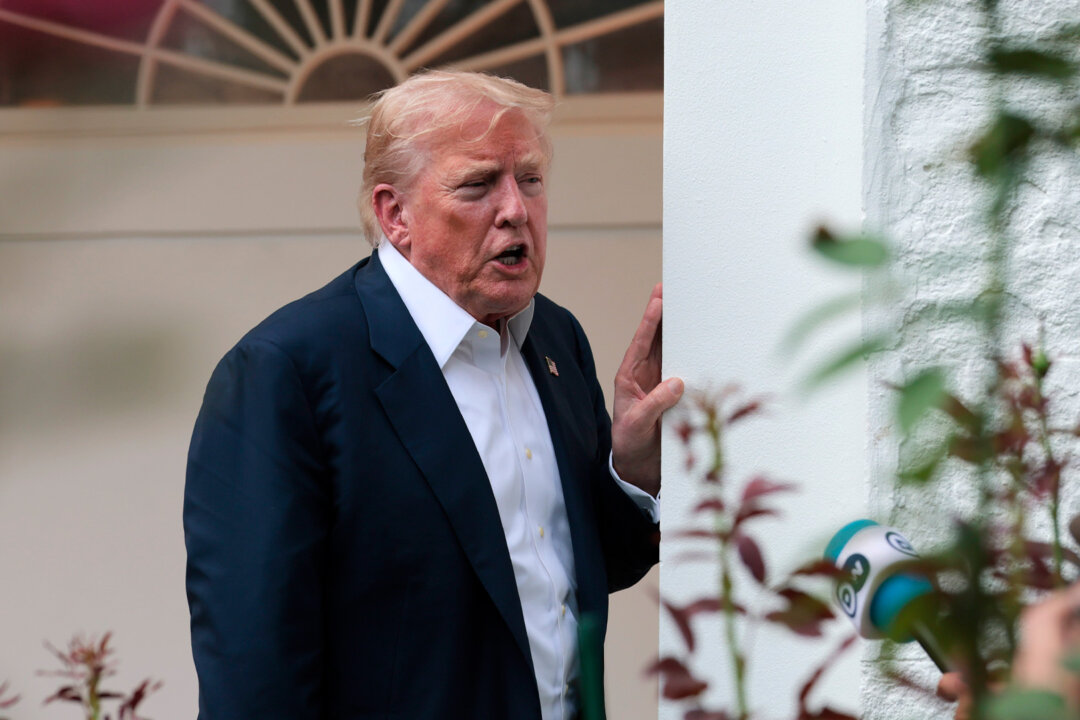A pivotal legal challenge to the expansive use of presidential authority regarding trade policy recently unfolded in a federal appeals court, as judges rigorously questioned the legality of former President Donald Trump’s controversial tariffs. The intense oral arguments on July 31st saw a judiciary deeply skeptical of the administration’s interpretation of a decades-old statute, hinting at a potential curb on executive power in economic matters.
This high-stakes hearing followed a May ruling by the U.S. Court of International Trade, which had determined that the previous administration’s Trump tariffs were inconsistent with the International Economic Emergency Powers Act (IEEPA). This act empowers presidents to regulate imports during national emergencies, but the specific application of tariffs under this law became the central point of contention and the basis for this significant trade law dispute.
Despite the initial setback, the Trump administration appealed the trade court’s decision to the U.S. Court of Appeals for the Federal Circuit, arguing for the broad scope of presidential discretion under IEEPA. This appeal temporarily allowed the contested Trump tariffs to remain in effect, setting the stage for the full 11-member bench of the Federal Circuit to weigh in on the complex legal and constitutional questions surrounding executive actions on economic policy.
The July 31st proceedings were marked by persistent questioning from the judges, who seemed particularly critical of arguments presented by the Justice Department’s attorney, Brett Shumate. His assertions regarding the president’s inherent powers to impose such widespread tariffs were frequently interrupted, underscoring the court’s deep reservations about the interpretation of IEEPA and its implications for the balance of powers in the federal government and for economic policy at large.
Many judicial queries directly challenged the administration’s expansive view that IEEPA granted the president “wholesale authority” to unilaterally alter the nation’s tariff schedule, which traditionally falls under congressional purview. Beyond the legality of applying tariffs through this act, judges also expressed significant skepticism that Congress intended to give any president such sweeping power to dramatically reshape trade law without specific legislative action.
In his defense, Shumate highlighted that while IEEPA had not previously been used for tariffs, its language mirrored the older Trading With the Enemy Act, which did permit such levies. However, attorneys representing states and businesses countered this by arguing that long-standing trade deficits do not constitute the type of emergency envisioned by the law, initiating a core legal challenge to the premise of the tariffs.
Conversely, the opposing legal teams faced questions about whether they should focus more on the economic consequences of trade imbalances rather than just the existence of the imbalances themselves. This line of questioning suggested a judicial recognition of the broader implications of these Trump tariffs and the need to consider the practical impact on industries and consumers, highlighting the multifaceted nature of this significant legal challenge.
Given the profound implications of this legal challenge for presidential authority and future trade law, the ultimate resolution of this dispute may well ascend to the Supreme Court. The highest court in the land has already briefly touched upon this issue, having weighed in on a petition from toy companies challenging the initial implementation of the Trump tariffs, signaling the national importance of this ongoing legal battle over economic policy.






Leave a Reply